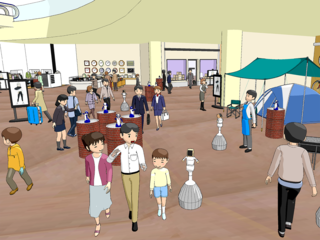
Avatar Symbiotic Society Project
Ishiguro Hiroshi (Graduate School of Engineering Science, Osaka University)
Research Term:2020/04–2024/03
In the near future, various home appliances and robots will act autonomously and will have intentions and desires. As they have intentions and desires, they will be able to establish relationships with humans in which they understand each other's intentions and desires by using natural language to interact with each other. This kind of world is a society in which humans and intelligent robots and information media coexist in the next stage of the information society. New academic field will be created, composed of new research topics that will enable us to realize this new symbiotic society: dialogue engagement and rapport research, communication understanding and generation research, behavioral decision model estimation research, and human-machine social norms research.
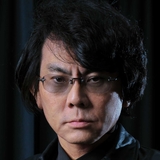
Graduate School of Engineering Science, Osaka University
Hiroshi Ishiguro received a Ph.D. in Engineering from the Graduate School of Engineering Science, Osaka University in 1991. Since 1991, he has worked at the University of Yamanashi, Osaka University, Kyoto University, the University of California, Kyoto University, and Wakayama University. He is currently a professor of the Department of Systems Innovation in the Graduate School of Engineering Science at Osaka University (2009-) and Distinguished Professor of Osaka University (2017-). He is also a visiting Director (2014-) (group leader: 2002-2013) of Hiroshi Ishiguro Laboratories at the Advanced Telecommunications Research Institute and an ATR fellow.
"Our activities in the National Museum of Emerging Science and Innovation will include carrying out field experiments with robots and setting up a space in which we can talk with the general public about social norms in a society of human-robot symbiosis. I hope that visitors to the museum will join in our initiative."

Ishiguro Hiroshi (Graduate School of Engineering Science, Osaka University)
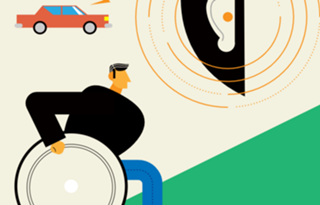
Ochiai Yoichi (Research and Development Center for Digital Nature, University of Tsukuba)
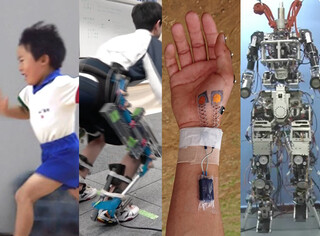
Kawakami Yasuo (Faculty of Sport Sciences; Human Performance Laboratory, Comprehensive Research Organization, Waseda University)
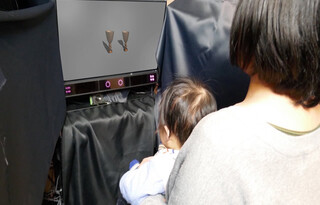
Yamaguchi K. Masami (Department of Psychology, Chuo University)
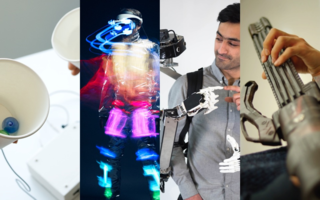
Minamizawa Kouta (Keio University Graduate School of Media Design)
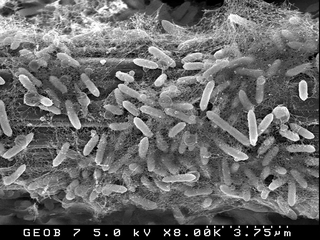
Watanabe Kazuya (Laboratory of Bioenergy Science and Technology, School of Life Sciences, Tokyo University of Pharmacy and Life Sciences)
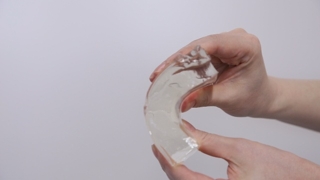
Furukawa Hidemitsu (Soft and Wet matter Engineering Laboratory (SWEL), Yamagata University)
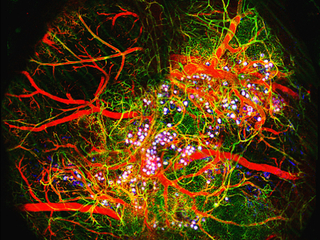
Takanori Takebe (Osaka University & Cincinnati Children’s Hospital Medical Center)